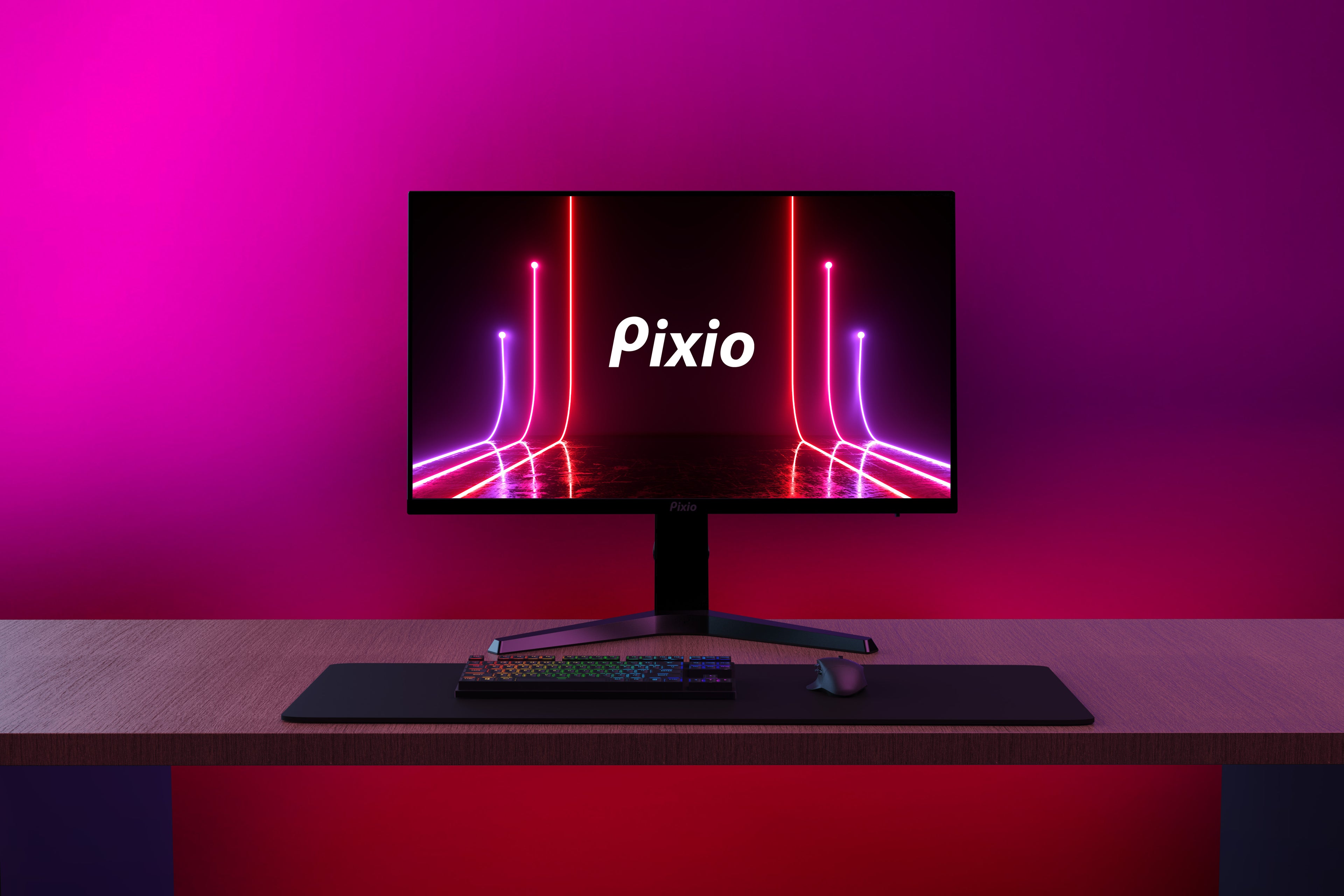When building a gaming setup, monitor resolution is a crucial factor. 4K, 1440p, and 1080p each offer a different balance of visual quality and performance. Let's explore the strengths and weaknesses of each to help you decide which resolution is best for you.
Understanding the Resolutions
Before we compare, let’s quickly define what these terms mean.
- 4K: This refers to a display resolution with approximately 4000 pixels horizontally. The most common standard is 3840x2160 pixels, often referred to as Ultra HD or UHD.
- 1440p: Known as Quad HD or QHD, this resolution boasts 2560x1440 pixels, offering a significant upgrade over traditional 1080p.
- 1080p: While often seen as the entry point, 1080p (1920x1080 pixels) remains a solid choice for many gamers. It delivers smooth gameplay and is widely supported across a range of hardware.

Image Quality
4K undoubtedly takes the lead in terms of raw image quality, with its exceptional detail and lifelike colors. The higher pixel density translates to sharper details, richer colors, and a more immersive experience. This is especially noticeable on larger monitors where individual pixels become more apparent.
However, the benefits of 1440p shouldn't be overlooked. The difference to 4K may be more pronounced on larger screens, but it still offers a significant improvement over 1080p, delivering a crisp and clear picture that can be enjoyed on a variety of monitor sizes. While 1080p might appear blurry on larger displays, it still provides a satisfactory visual experience, especially on smaller screens or for fast-paced games where responsiveness is paramount.
Performance Impact
Achieving high frame rates in 4K demands exceptional graphics processing power. While the visual experience is unparalleled, it often comes at the cost of lower frame rates unless you have a gaming PC that can support high refresh rates.
1440p strikes a balance between image quality and performance. It allows for higher frame rates compared to 4K without sacrificing too much visual fidelity.
1080p is the most forgiving option in terms of hardware requirements. It enables mid-range systems to achieve high frame rates, making it a popular choice for competitive gaming.
When to Choose Which Resolution
- Choose 4K if:
- You prioritize image quality over everything else.
- You have a high-end gaming PC with a powerful GPU.
- You use a large monitor (32 inches or larger).
- Choose 1440p if:
- You want a balance of image quality and performance.
- You have a mid-range gaming PC.
- You enjoy a sharper image than what 1080p offers.
- Choose 1080p if:
- You have a budget-friendly gaming setup.
- You prioritize high frame rates for competitive gaming.
- You have a smaller monitor.
The optimal resolution ultimately depends on your individual preferences, hardware capabilities, and budget. 4K delivers the most stunning visuals but demands top-tier hardware. 1440p offers a great balance of image quality and performance, while 1080p remains a solid option for many gamers. Consider your gaming priorities, monitor size, and system specifications when making your decision.

0 comments